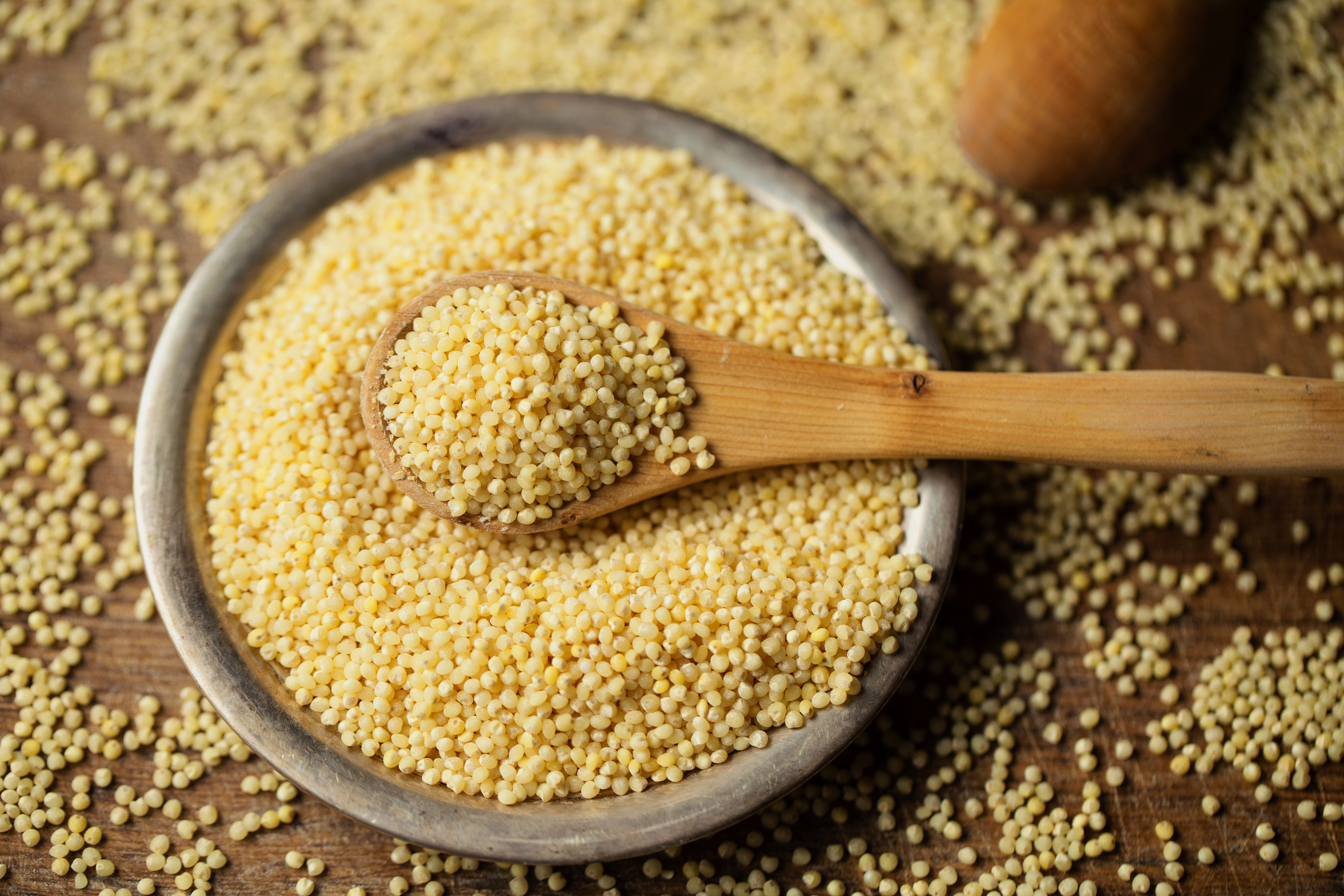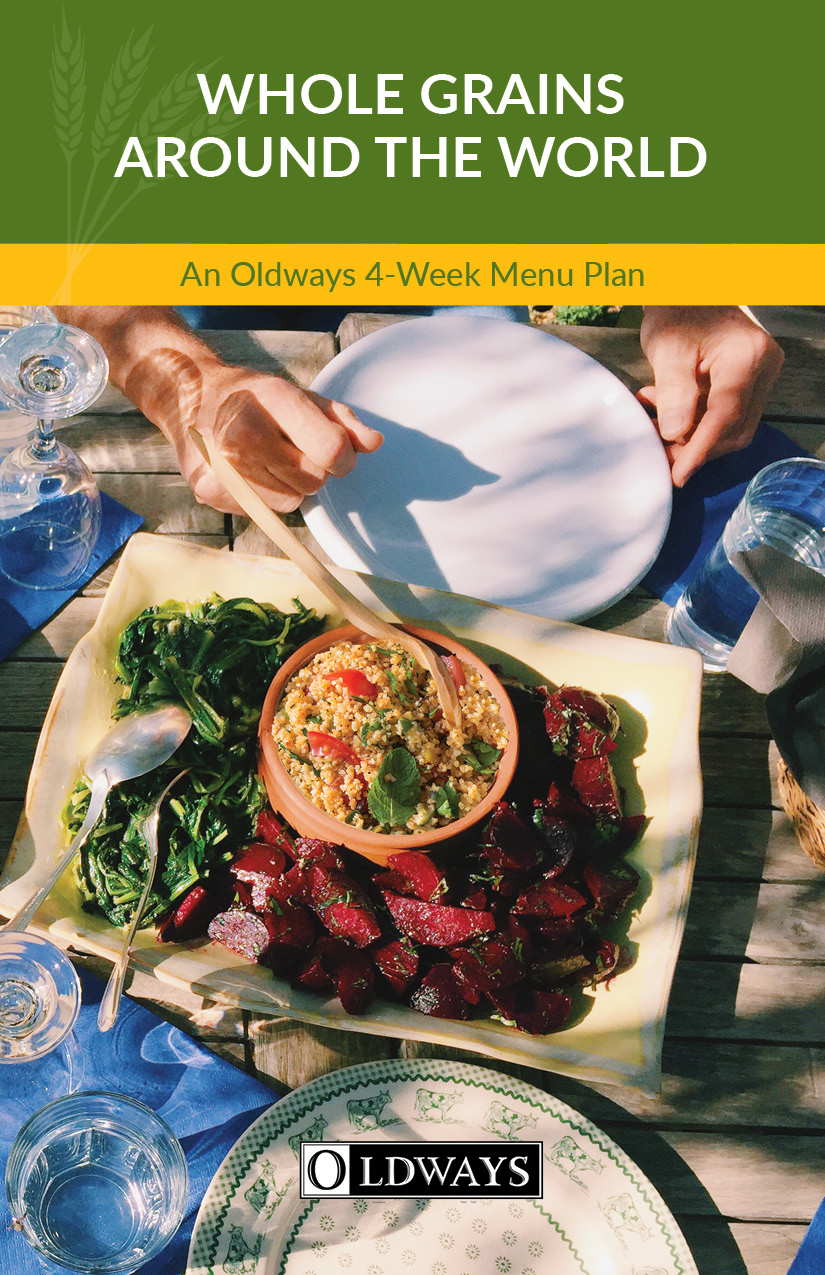Share This
The groundbreaking EAT-Lancet report confirmed that there is immense overlap between diets that are good for people and diets that are good for the planet. However, the authors of the report stopped short of addressing one of the more practical questions surrounding the EAT-Lancet diet: Is this something that people will actually want to eat?
Around the world, civilizations have adapted to their given climates with a diverse array of food traditions and cuisines, leaving some to wonder how we can possibly move towards a more sustainable diet without alienating cultural food preferences. Researchers at The University of Delaware recognized this dilemma, so they created models to identify country-specific dietary shifts to improve sustainability while still being culturally appropriate. The key ingredient to their approach? Whole grains!
In a November 2021 study published in Environmental Research Letters, the authors conclude that increasing the share of whole grains to make half of grains whole can improve nutrition (+7% protein, +37% iron, +42% zinc), thereby offering a strategy to “overcome the nutrient-depleting effects of elevated CO2.” Further, their study found that increasing the prevalence of “C4 cereals” (grains like sorghum and millet that undergo a type of photosynthesis that produces a 4-carbon compound, which thereby reduces water vapor losses) over “C3 cereals” (grains like wheat and rice that have a slightly less efficient photosynthesis process that produces a 3-carbon compound and is less water-efficient) is more environmentally friendly.
To control for cultural acceptability, the amount of “C4 cereals” proposed in the study was based on the maximum historical (1961-2011) share of these grains in each country’s diet, which came out to be about a 10% increase over current levels. To control for cultural acceptability of whole grains, the authors simply proposed a modest shift of making half of the grain supply whole grain.
The authors concluded that the combination of increasing whole grains and increasing C4 cereals in particular would result in “strong co-benefits between increased nutrient supply and reduced environmental impacts.” Best of all, these proposed shifts are based on realistic changes that would not disrupt the prevailing food cultures. The authors remind readers that “all of the crops considered within each country have been (and still are) cultivated and consumed locally, thereby ensuring the presence of local knowledge regarding effective crop management and food preparation techniques.”
At the Oldways Whole Grains Council, we recognize that cultural food traditions can be a gateway to good health and wellbeing. In Whole Grains Around the World, we share culturally-inspired whole grain recipes focusing on a different culture for each of the 4 weeks in this menu plan book: Mediterranean, African, Latin American, and Asian. If you’d like to embrace a more sustainable eating pattern and don’t know where to begin, join us on this 28-day journey through the world of whole grains! (Kelly)



Comments
Add a Comment